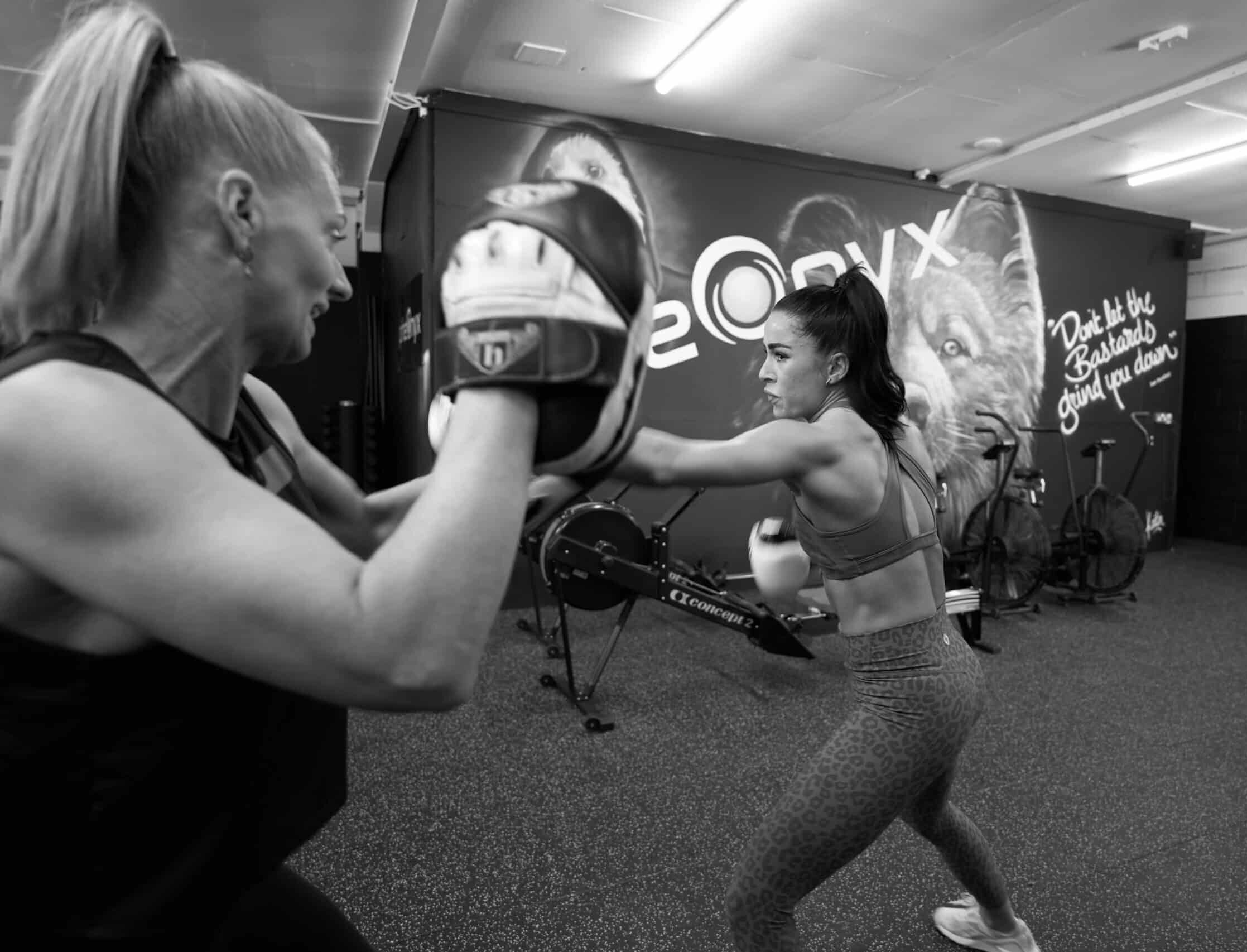Boxing is a popular combat sport celebrated for its intense physical training, skill development, and competitive edge. It’s a fantastic way to build fitness, improve reflexes, and hone striking techniques. However, while boxing is highly effective in the ring, it’s not the ideal method for real-world self-protection. The mindset and tactics needed to win a boxing match differ vastly from those required in a street confrontation or life-threatening situation.
Let’s explore why boxing, and sports-oriented martial arts in general, aren’t suitable for self-protection and why a completely different mindset is needed to defend yourself in unpredictable, real-world scenarios.
1. Boxing Follows Rules—Real Life Doesn’t
Boxing is a sport governed by strict rules to ensure fairness and safety. Fighters are only allowed to strike with their fists, and there are regulations about where and how they can hit. Bouts are confined to a controlled environment—a ring—with a referee overseeing the match.
In contrast, self-defense situations are chaotic and unpredictable. There are no rules, no referees, and no time limits. Attacks can come from any direction, involve multiple assailants, and may include weapons or unexpected tactics like grappling, choking, or even ambushes. In a life-threatening situation, the goal isn’t to outpoint an opponent or go the distance—it’s to escape as quickly and safely as possible. The rules that govern boxing can hinder your ability to respond effectively in real-world danger.
2. Boxing Focuses on Offense, Not Escape
In boxing, the objective is to engage your opponent, control the fight, and eventually knock them out or win on points. While defensive skills like dodging and blocking are essential, the focus remains on beating your opponent in a prolonged, strategic contest.
Self-protection, on the other hand, isn’t about engaging in a fight for any longer than necessary. The primary goal is to escape the danger with minimal risk. In real-world situations, the safest option is often to avoid confrontation entirely, use verbal de-escalation, or create enough space to flee. The mindset shifts from offense to avoidance, and the techniques employed are designed to neutralize the threat quickly so you can escape, rather than continuing a fight.
3. Boxing Doesn’t Prepare You for Close-Quarter or Multiple Attackers
Boxing takes place at mid-range, with both fighters standing and trading punches. In self-defense scenarios, the distances can vary, and it’s common for assailants to attack at close range, such as grabbing, choking, or attempting to pin their victim down. In these situations, punching alone may not be sufficient or even possible.
Additionally, self-defense situations can involve multiple attackers, which boxing doesn’t prepare you for. In these scenarios, defending yourself requires awareness, strategy, and the ability to break free from grappling holds, as well as countering strikes from different directions. Self-protection training incorporates techniques like using your environment to your advantage, creating barriers, or using improvised weapons—none of which are part of a traditional boxing skill set.
4. Boxing Techniques Aren’t Designed for Vulnerable Targets
While boxing teaches you to land powerful punches to the body and head, it doesn’t focus on exploiting the most vulnerable parts of an attacker’s body, such as the eyes, throat, groin, or knees. In a self-defense scenario, the most effective techniques often involve targeting these areas to quickly incapacitate your attacker and create an opportunity to escape.
Self-defense is about survival, not scoring points or showing technical prowess. Techniques need to be quick, efficient, and aimed at disabling your attacker as fast as possible—this could mean using a knee strike to the groin or gouging the eyes, actions that are considered illegal and unsportsmanlike in boxing.
5. Self-Protection Demands a Different Mentality
The psychological approach to boxing and self-protection is fundamentally different. Boxers train for competition, where the mindset is one of controlled aggression, strategy, and endurance. There’s an element of sport and competition that fuels motivation in the ring. In contrast, self-defense is about survival. The stakes are higher, and the emotional and mental responses are more intense. Fear, adrenaline, and unpredictability play a significant role.
In a self-defense situation, your mindset needs to shift from competitive to survival-oriented. This requires mental toughness, staying calm under extreme pressure, and using whatever means necessary to protect yourself. Unlike boxing, where you’re facing one opponent under regulated conditions, self-defense might involve reacting to an ambush or defending yourself against an armed attacker. The goal is to protect your life, not to win a fight.
6. The Training Focuses on Different Goals
Boxing training is primarily centered around conditioning, footwork, and developing striking techniques within the confines of the sport’s rules. While these skills are valuable for fitness and competition, they don’t cover the full spectrum of self-defense. A self-defense class focuses not only on strikes but also on de-escalation tactics, situational awareness, using the environment to your advantage, and techniques for escaping holds or surprise attacks.
Self-defense training emphasizes quick decision-making, improvisation, and using the most efficient method to neutralize the threat. It teaches you how to defend against a variety of attacks, including grabs, ground attacks, and weapons. The ultimate goal is personal safety, not prolonged engagement.
Conclusion
While boxing is an excellent sport for developing physical fitness, discipline, and striking skills, it’s not designed for real-world self-protection. The structured nature of boxing, its rule set, and its focus on competition make it a poor fit for unpredictable, dangerous situations where survival is the primary goal.
Self-defense requires a different mindset, one that prioritizes escape, de-escalation, and neutralizing threats quickly. If your goal is to learn how to protect yourself in real-life situations, it’s essential to seek training that goes beyond sport and addresses the unpredictable and chaotic nature of personal safety. Practical self-defense training focuses on survival, not sport, and provides the tools you need to navigate real-world threats with confidence and competence.


